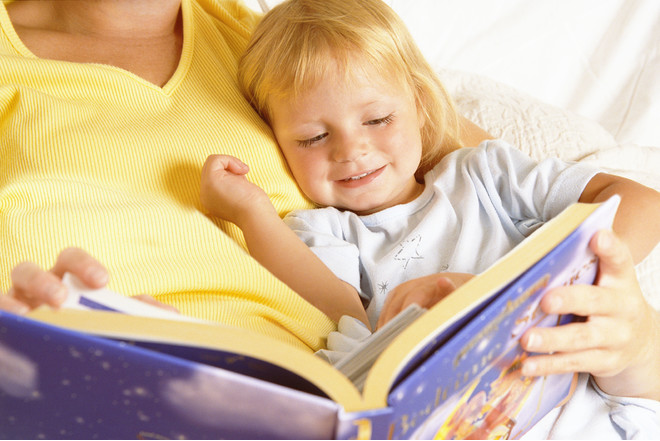Tips for parents on developing empathy in a child
The psychological term "empathy"is associated with the ability to empathize with people. This is one of the communication factors, without which it is impossible to build a full-fledged communication. A person who knows how to feel others is able to build sincere friendly relationships, he has fewer grievances against others. To instill a sense of compassion in a child, read him fairy tales Photo: Getty Not every person is given the ability to experience empathy. You need to start working with this in stages, taking into account the child's age:
To instill a sense of compassion in a child, read him fairy tales Photo: Getty Not every person is given the ability to experience empathy. You need to start working with this in stages, taking into account the child's age:
- Infection. Up to 1 year old, the baby "reads" the mother's emotions, and later "returns" them to her.
- Compassion. At 2 years old the baby is already acquainted with the emotions of children and adults. He does not separate himself from the outside world, therefore he perceives other people's sufferings as his own. For example, if another person is hurt, the baby will cry. If the mother shows how you can regret your grandmother or calls to stroke the cat, the baby learns to feel compassion.
- Ability to understand the feelings of others. At 3-4 years old, the baby is already separating himself from the outside world. He shares his feelings and experiences of others. At this time, he can empathize with his relatives, for example, help a tired mother bring a book or give grandmother glasses. However, at this age the child is more occupied with his own feelings.
- Sympathy. The kid already understands the results of his and others' actions. He is ready to help, but he does not always realize how it can be done.
- Joy for another. By 6-9 years, with successive actions of parents, the child is open to help others. He seeks to help his comrades and does it according to the situation.
Altruism, as the highest stage of empathy, allows you to help people by sacrificing your own interests.
Development of the emotional sphere of the child
Empathy is impossible without developing the baby's emotions. For this, you can use:
- joint games to recognize emotions in pictures;
- game expression of emotions in a voice, for example, laughter or crying;
- story games and fairy tales;
- the image of the emotions of animals;
- Discuss what the child and mother feel;
- discussion of moral issues, for example, why animals can not be tortured;
- education of an active life position.
The latter is connected with a caring attitude towardssuffering of others and helping them, for example, making birdhouses. Empathy needs to be developed from childhood. An insensitive child will have problems with communication and will not be able to adapt well in society.









